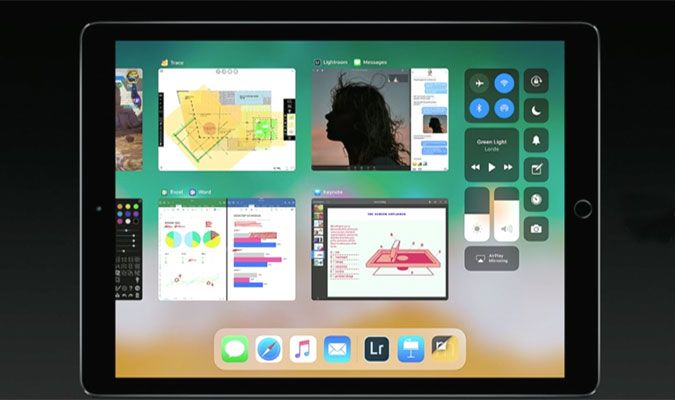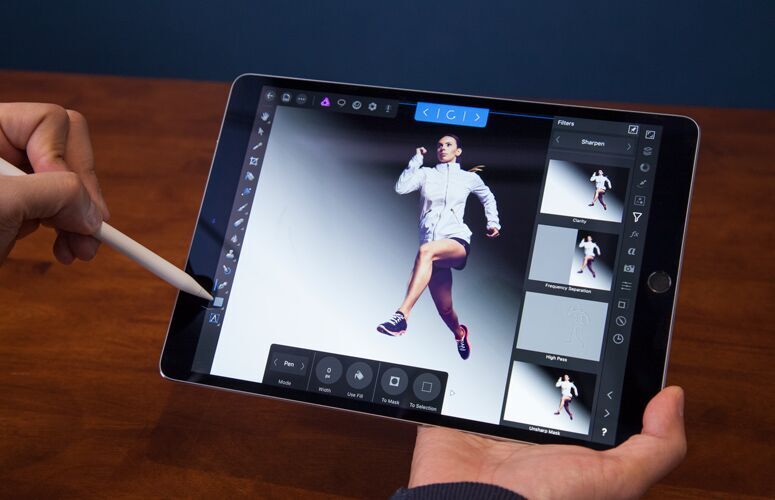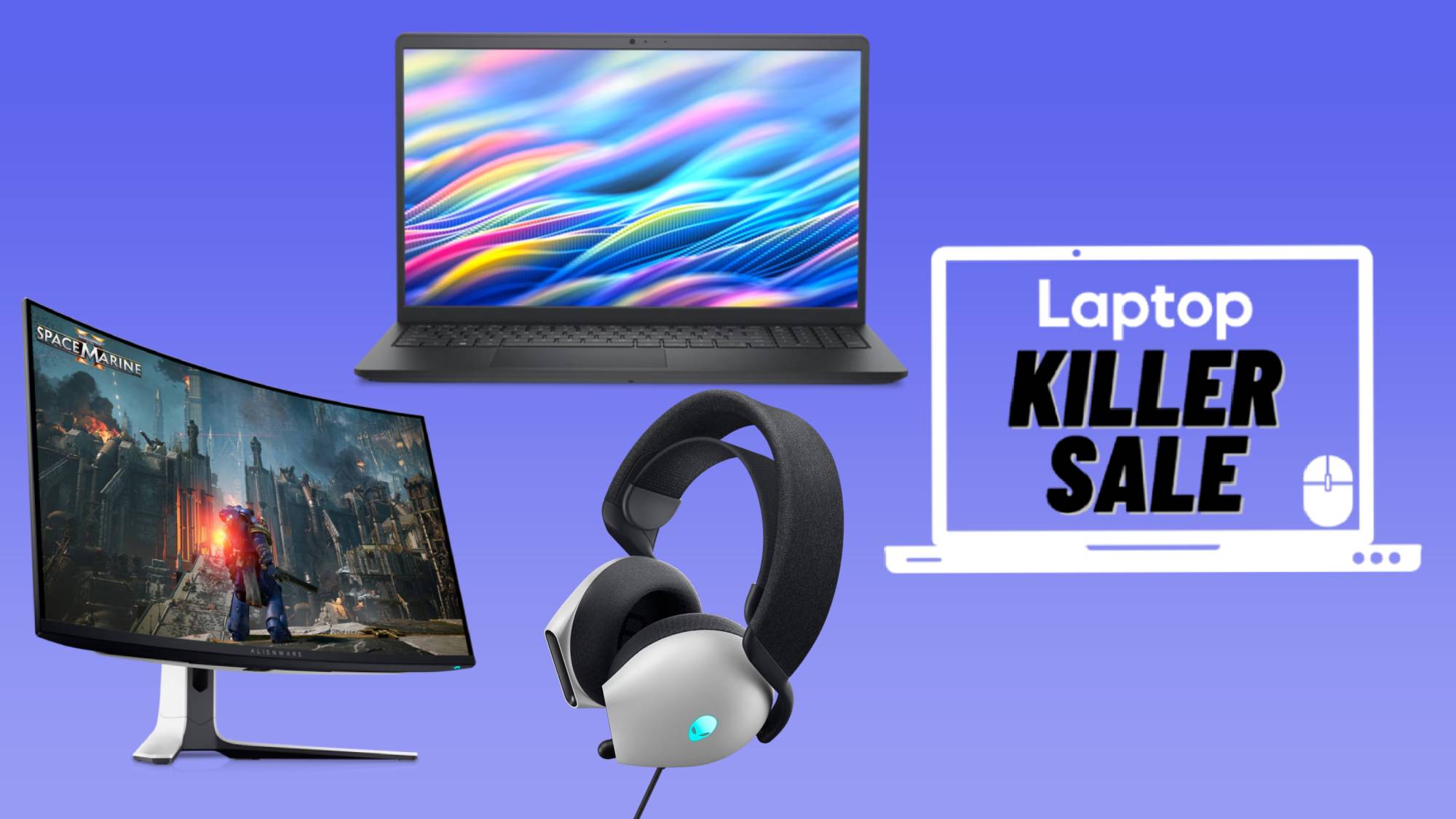iOS 11 vs. macOS: Apple Has Already Chosen the Winner
What will the productivity computers of the future look like? Assuming that we're all not going to be working on spreadsheets on our smartphones in 10 years, it's a real question, and it's one that Microsoft and Apple are approaching in strikingly different ways. Last week at its Worldwide Developers Conference, Apple gave us a clearer indication about which way it's heading — and the choice is a bit of a gamble.

The success of the iPhone means that Apple's most successful operating system is also its most modern. With the introduction of upgraded iPad Pro models and the unveiling of iPad productivity features in iOS 11, Apple appears to be going all-in on the iPad as its vision of the productivity machine of the future. (And one could argue that the iPad has had its greatest success in Fortune 500 companies.)
In contrast, Apple has been remarkably conservative with the Mac, which lacks any support for touch screens or more familiar "modern" interface conventions. Even the Mac's first foray into touch, the MacBook Pro's Touch Bar, is more like a keyboard accessory than anything you'd find on a tablet or smartphone.

So far, Apple has kept the Mac and iPad as far apart as possible. The Mac remains familiar, with a devoted user base that would probably revolt if Apple began slowly transmogrifying it into an iOS clone. The message couldn't be clearer: Apple believes the traditional PC and the modern touch-screen device are different classes of product, and customers will want to choose the best tool for the job.
Meanwhile, Microsoft — a company without the burden of a successful smartphone-operating system of its own — has taken the only approach open to it: adding touch features to Windows in an attempt to create a single platform that can be a traditional PC interface or a slick multitouch tablet, depending on hardware and user preference. It creates a smooth transition between these different sorts of devices, at the risk of creating hybrid monstrosities that are jacks-of-all-trades but masters of none.
Apple believes the traditional PC and the modern touch-screen device are different classes of product, and customers will want to choose the best tool for the job.
After introducing split-screen multitasking and iPad Pro models with included keyboards in 2015 and early 2016, Apple went quiet on the iPad front. iOS 11 breaks the silence in a major way. Apple is clearly expressing its view of how an iPad can be used in ways that are similar to how we use traditional computers today — all while retaining its familiar touch interface.
It would be easy to point to the new Files app and complain that Apple's treading old ground from the Mac, but that's not the case at all. The Finder has always been the center of the Mac interface, so using a Mac is fundamentally about file management. On iOS, the home screen is the center, which puts the focus on apps. If you never care to manage files, you'll never need to — but the iPad will soon be vastly more functional for the people who do need that functionality.
Sign up to receive The Snapshot, a free special dispatch from Laptop Mag, in your inbox.

Credit: Apple
The conversion of the home screen's Dock from a static tray of apps to a connected part of the app-switching experience — along with a new multitasking view that's reminiscent of the macOS feature Mission Control — lets more advanced users pair up apps, so they can switch between different parts of their workflow without doing multitasking maintenance, as is currently required. Fans of the simplified iOS interface often criticize the window-cluttered screens you find on PCs, but I found managing multitasking in iOS 9 and 10 to be far less efficient than clicking on a few windows on my Mac. iOS 11 looks like it eliminates those issues.
Similarly, the way drag-and-drop has been implemented promises to be a huge productivity boost for the people who care to use it. Yes, drag-and-drop is a table-stakes feature on desktop- operating systems. But on iOS, it hasn't been implemented in a limited, simplistic fashion as it could have been. Now items can be dragged out of apps and dropped not just on visible apps, but on any app in the multitasking switcher. It's not quite the same as drag-and-drop on a Mac or PC, but it's awfully close — and all without breaking the fundamental feel of iOS.

In the past couple of years, as Microsoft and its partners have unveiled intriguing products like two-in-ones, tablets and even big touch desktops like the Surface Studio, I've wondered if Apple was hesitating in its commitment to a two-pronged strategy, with macOS speaking to traditional users and iOS becoming its vision for the future. The Touch Bar and iOS 11 both suggest that commitment is still strong. The Mac may grow and change, but it will apparently do so within the existing PC metaphor. iOS, meanwhile, will continue to drive forward and integrate more advanced features.
While Apple and Microsoft both have different approaches, I believe their end goals are quite similar: That in a decade or two, most of the devices we use to get work done will offer rich touch-screen interfaces. The real question is, how will both companies manage the transition from "traditional" PCs to these new devices?
Microsoft is offering an occasionally uncomfortable but seamless transition, where Windows increasingly transforms itself. Apple, meanwhile, is requiring that its users make a clean break, from the Mac to the iPad -- or, failing that, hoping that the iPad continues to gain new users as the existing Mac user base just keeps clicking on their mice until they retire.
As a Mac user for more than two decades with a lot of workflows and habits grown up over that time, it's strangely comforting to me to think that Apple isn't going to change the Mac and make it into something different. But it also makes me sad to think that it isn't likely to grow and change, because Apple's bet the future on iOS.

But here's the thing: I'm also an iPad Pro user, and I love my iPad Pro. I use my iPad Pro more than my MacBook these days — and will use it even more when iOS 11 ships. Apple investing in iOS as the future of productivity computing might make me wistful about the fate of the Mac, but it's almost certainly the right decision.
Photo credits: Laptop Mag, unless otherwise noted.
